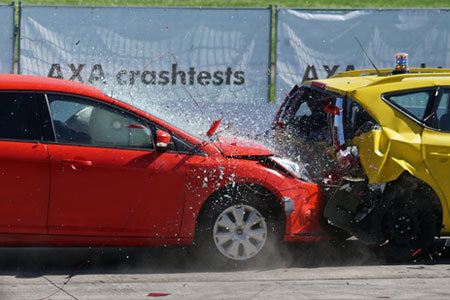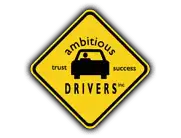There is always the risk of getting into an accident while driving. Driving carefully will reduce the likelihood of getting into an accident but even the most cautious drivers can experience trouble on the road. What should you do if you find yourself in a car accident? The most important thing, which can often be the most difficult during these stressful situations, is to remain calm. Here are the steps you should follow immediately after you get into an accident on the road.
Step 1: Stop
If you drive away after getting involved in an accident, you could be subject to criminal prosecution.
Step 2: Make The Call
If anyone is injured, if there appears to be more than $2000 in damages, or if you suspect another driver involved in the accident is under the influence of drugs and alcohol, call the police. Follow the instructions given to you by the emergency operator. Do not try to move anyone who has been injured, as you could aggravate the injury.
If no one is injured and the damages appear to be less than $2000 in total, call a Collision Reporting Centre, which are special police facilities that assist drivers in reporting motor vehicle accidents.
Step 3: Assess The Damage
If it is safe to do so, get out of the car. Take pictures of the damages and the scene for insurance purposes and to show the police when they arrive.
Step 4: Clear The Road
Again, only if it is safe and possible to do so, move your vehicle to the side of the road while you wait for the officials to arrive so that traffic can clear. If your vehicle can’t be driven, turn on your hazard lights or use cones if you have them available.
Step 5: Record
Make a careful record of the incident to present to the police and your insurance providers. Make sure you talk to the other driver(s) involved in the incident and exchange information with them.
Step 6: Talk to Your Insurance Company
Call your insurance company as soon as possible after the accident. Tell them in detail what happened and ask them to walk you through the process of filing a claim. They’ll give you the information necessary to let you know how to proceed.
After a car accident, you’re number one priority should be your safety. Do not attempt any of these steps if they put your safety further at risk. The experienced instructors at Ambitious Drivers will help your learn and practice the skills you need to stay safe on the road, as well as the tools needed to help you remain calm and collected in case of emergency. For more information and to register for our driving courses today, contact us at Ambitious Drivers.







